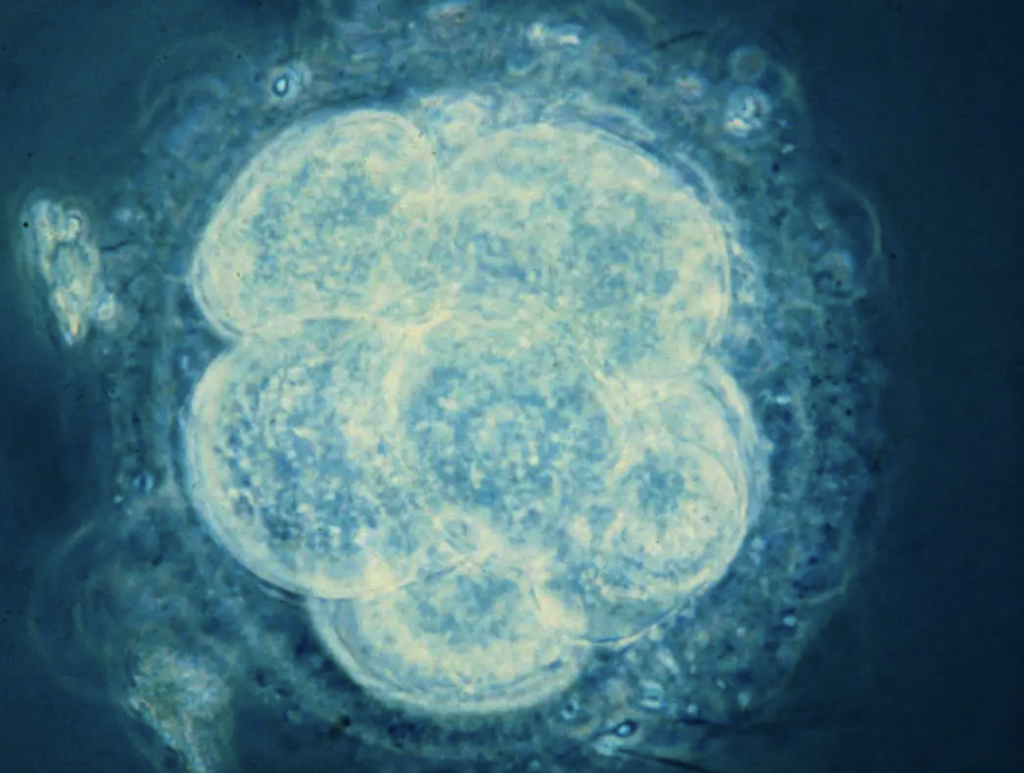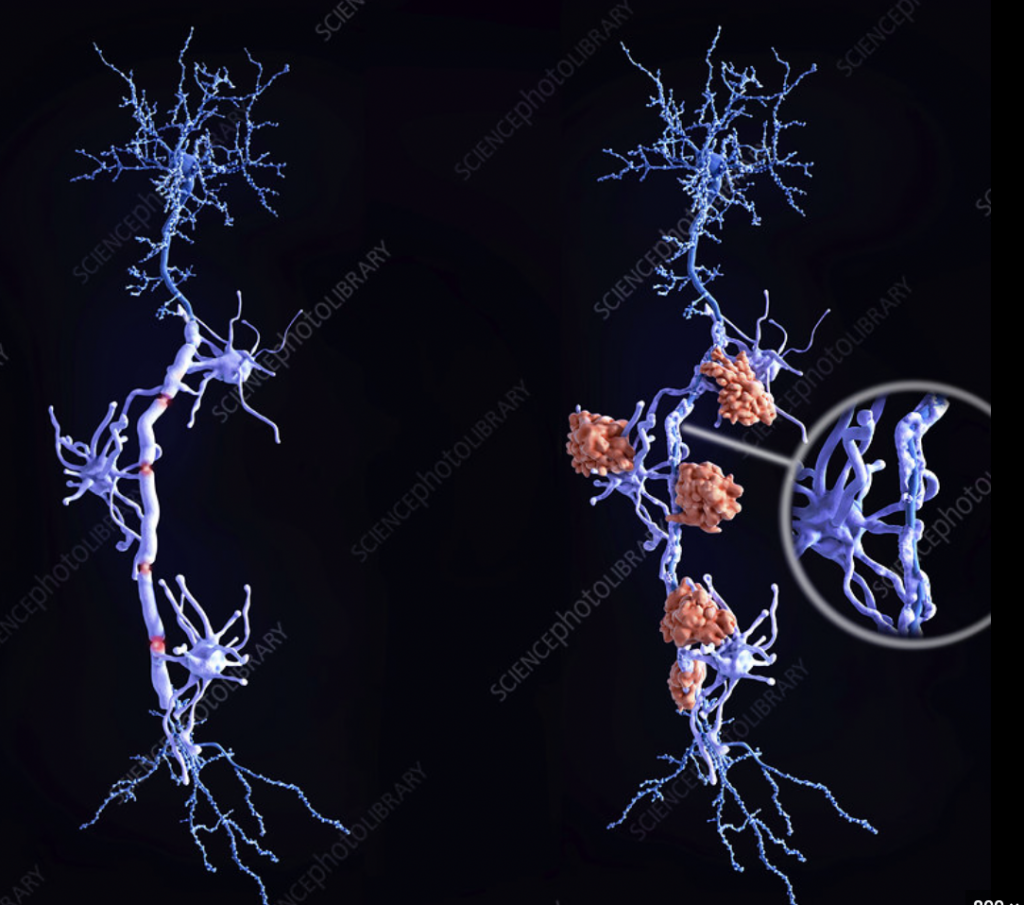Stem cells represent a groundbreaking frontier in medicine, offering a revolutionary approach to treating a myriad of diseases and injuries. At the core of their promise lies the remarkable plasticity and self-renewal capacity of stem cells. Unlike specialised cells in the body, which have limited regenerative capabilities, stem cells retain the ability to proliferate and differentiate into specialised cell types, such as neurons, muscle cells, or blood cells. This remarkable versatility makes them invaluable tools for repairing damaged tissues, replacing dysfunctional cells, and restoring organ function in a wide range of conditions.

One of the most compelling applications of stem cells lies in regenerative medicine, where they offer hope for individuals suffering from degenerative diseases and injuries such as MS. Multiple sclerosis is a chronic autoimmune disease of the central nervous system (CNS) characterised by inflammation, demyelination, and damage to nerve fibers. It is believed to result from a combination of genetic predisposition and environmental factors triggering an abnormal immune response. MS typically presents with a variety of symptoms, including fatigue, weakness, numbness, vision problems, and difficulties with coordination and balance. The course of the disease varies widely among individuals, with periods of relapse (exacerbations) followed by partial or complete recovery, and periods of remission. Over time, however, MS can lead to cumulative neurological damage, resulting in permanent disability. Treatment aims to manage symptoms, reduce the frequency and severity of relapses, and slow disease progression through medications, rehabilitation therapies, and lifestyle modifications.
Over 2 million people worldwide suffer from MS and before now treatment has focused mainly on symptom management and not the initial problem. A person develops MS when their body’s own immune system attacks the myelin, an insulating and protective sheath, that surrounds nerve fibres. This causes the disruption of messages sent around the central nervous system. The central nervous system consists of the brain and spinal cord. The particular section of the immune system that initiates the attack are cells called macrophages that eat harmful cells or pathogens that have made their way into the body. The macrophages found in the brain are called microglial cells and in progressive forms of MS they cause chronic inflammation and damage to nerve cells.

Now, in research published in the Cell Stem Cell, scientists have completed a first-in-human, early-stage clinical trial that involved injecting neural stem cells directly into the brains of 15 patients with secondary MS recruited from two hospitals in Italy. The trial was conducted by teams at the University of Cambridge, Milan Bicocca and the Hospitals Casa Sollievo della Sofferenza and S. Maria Terni (IT) and Ente Ospedaliero Cantonale (Lugano, Switzerland) and the University of Colorado (USA).
The stem cells utilized in the study were derived from brain tissue sourced from a single miscarried foetus, these stem cells would be classed as adult stem cells. This method offers a solution to the practical hurdles associated with sourcing foetal tissue from multiple donors. Over a span of 12 months, the Italian research team closely monitored the patients and observed no treatment-related fatalities or severe adverse effects. While temporary or reversible side effects were noted, none of the patients experienced a deterioration in disability or symptoms throughout the study duration. Moreover, there were no indications of relapse symptoms reported, and cognitive function remained relatively stable. As a result, the researchers concluded that the patients demonstrated considerable stability in their disease progression, showing no signs of deterioration. However, the initial high levels of disability among participants present challenges in conclusively affirming the findings.
There are some ethical implications of using stem cells from a miscarried foetus (need to do more research on harvesting stem cells in this instance and not just from embryos)
Need to reduce word count / sum up sections more
This blog is well-written and thoroughly researched, focusing on stem cells and their potential application for MS. However, it lacks reflection, which is crucial for this task. Consider sharing your personal connection to the topic to make it more engaging. Also, consider using WordPress features like hyperlinks and homemade multimedia to make your blog more professional.